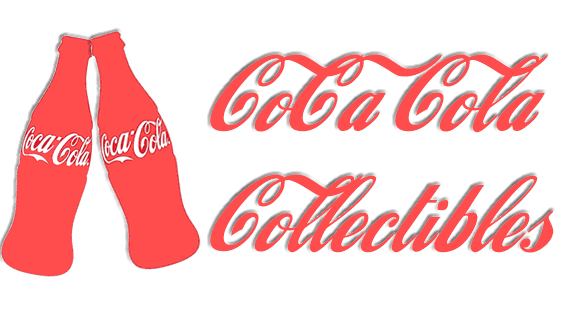Getting Involved
Getting involved in the collecting community is very important. Know who the collectors are and where their interests lie. Most Coca-Cola pieces change hands between existing collectors, either through the upgrade system or through collectors selling off individual pieces or sections of their collections. Read books and, of course, ask questions. Find out what pieces were recently found and for how much they sold. Know the market and remember that an informed and knowledgeable collector is one who will eventually end up with a good collection. I cannot tell you how many times I have heard things like “I've been collecting for years, and thought I was the only one!” and “I had no idea this stuff was worth this much!” The more you know about the subject, the better off you will be.
Try to meet and get to know collectors with interests similar to yours. Asking them questions and possibly seeing their collections is very helpful in making informed decisions regarding your own collection. Do not be afraid to let people know what you collect. Attend shows and auctions that feature your type of items and get to know the auctioneers and dealers.
I find that “networking” with other collectors is the best way to stay abreast of this ever-changing market. Call or e-mail fellow collectors to find out what you have possibly missed in the world of collecting. I have also found that networking helps the market eliminate “phony” collectibles. Try to get new or younger collectors interested and involved. The nice part about Coca-Cola collecting is that there is an area of collecting to fit all budgets.
Fakes and Reproductions
It's unfortunate but true: fakes and repros are a part of collecting. Whether it's Coca-Cola, Ming vases or teddy bears, reproductions are everywhere. The trick is to keep your mistakes to a minimum, and the best way to do that is plain and simple “education.” Read everything you can get your hands on and ask questions. Put your mistakes behind you and learn from them. Also, tell other collectors about items you know are phony.
In this book you will find a number of pages devoted to fakes and repros. Remember, even with the many pieces shown it is still only a small sampling of the new, repro, fake items passed off as old and original. Finding out if a piece is original or reproduction is important, but questioning the dealer is not always the answer. They all seem to say the same thing: “We got this from a woman who had it in a trunk for the last fifty years.” Don't be fooled by appearance. Many pieces can be instantly aged by unscrupulous dealers who are looking to make a buck from the collector who is eager to make a major find.
I wish there was a foolproof way to distinguish repros from originals, but there isn't. The best way to learn the difference is to study the characteristics of originals by handling them and observing the details carefully, much as bank employees study real bills in great detail so they can easily spot counterfeits, which lack the characteristics of authentic bills.
Financing Your Collection
Unless you have just hit the lottery or are independently wealthy, it can be very difficult to amass a good collection. But there are ways to finance your collection as long as you are willing to spend some money.
I have heard many people say they have passed up worthwhile pieces because they have the item in their collection. This is a mistake. If you are at a show and see an item that you feel is priced right, you should buy it, even if you have it or if it is in a different area than your collection. You can sell it for a profit or use it for trade.
Another good way to make money is to put out a list of items for sale, including upgrade items and duplicates. Advertise in the club newsletter. Let other collectors know that you have a list of items for sale. (Remember to keep close track of what you pay for items and what you sell them for.) Soon you will have a little nest egg for use when you want to purchase a piece for your collection that always seemed out of your reach.
Beware of Color Copies
One of the biggest ripoffs on the Internet is the color copy. Color copies made from books or price guides and mounted on cardboard are an everyday problem on Internet auction sites. Become familiar with the color copy process. Have something color copied and compare it to the original. Know what to look for. However, identifying a color copy from an Internet photo is impossible. If you had the opportunity to see that piece in person, you would laugh at it. These pieces are being sold for hundreds and even thousands of dollars to unsuspecting collectors who really believe they have found the buy of a lifetime.
